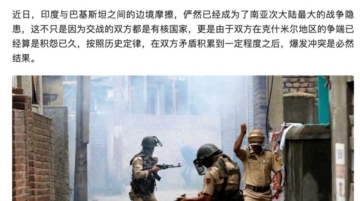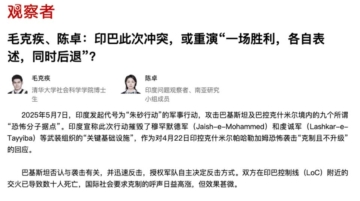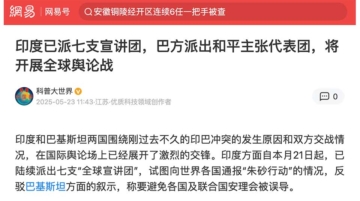
By Han Zhen, CGSP China Editor
Just one day before India and Pakistan declared a ceasefire over their latest flare-up in Kashmir, Chinese scholars Mao Keji and Chen Zhuo offered a prescient analysis of what they say is Beijing’s evolving role as a stabilizing force in South Asia.
As Mao and Chen point out, while the Trump administration remained distracted by other affairs, China had taken quiet but significant steps to deter escalation. Since 2020, Chinese troops have been stationed near Indian-controlled Kashmir—a presence that, whether intentional or not, has come to serve as a final line of restraint in the region.
Both India and Pakistan are now compelled to consider China’s position before initiating major military action, the authors said.
Equally notable is China’s nuanced rhetorical strategy during the crisis. Before India launched its airstrike, Beijing publicly backed Pakistan’s security concerns. As the authors suggest, this was likely a preventive move—supporting the weaker party to dissuade the stronger from crossing red lines.
Once India’s response proved relatively limited, China quickly softened its tone, returning to its standard stance of urging restraint and dialogue.
This stands in contrast to earlier South Asia crises, where the U.S. often stepped in as a mediator, the authors continued to argue. Washington’s influence has receded in recent years due to shifting strategic priorities and waning credibility in the region. In that vacuum, China has taken on a more consistent and proximate role—leveraging its military presence, diplomatic agility, and balanced signaling to promote calm.





